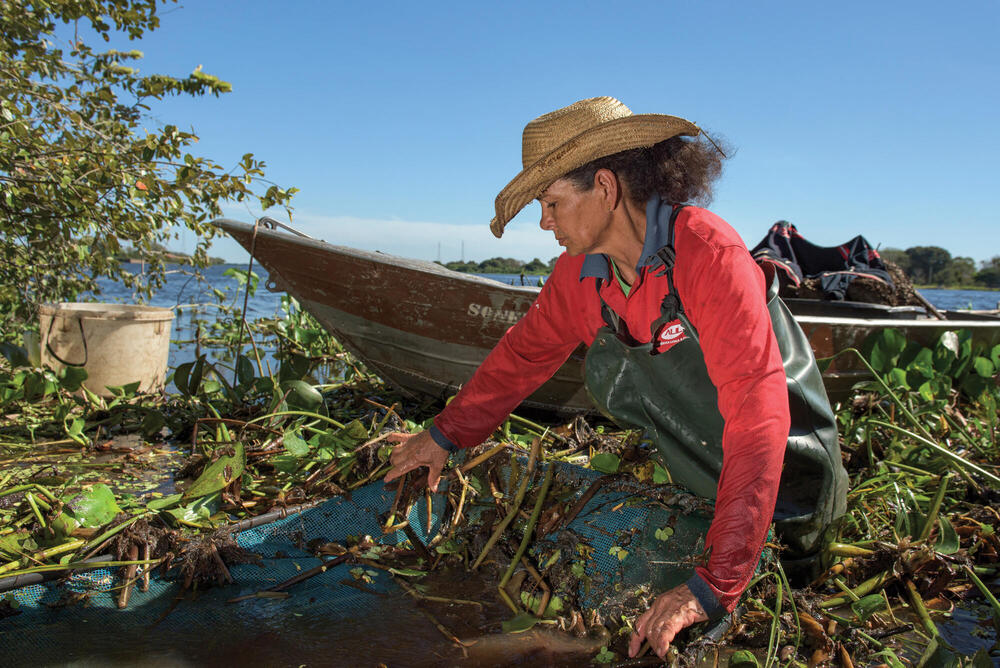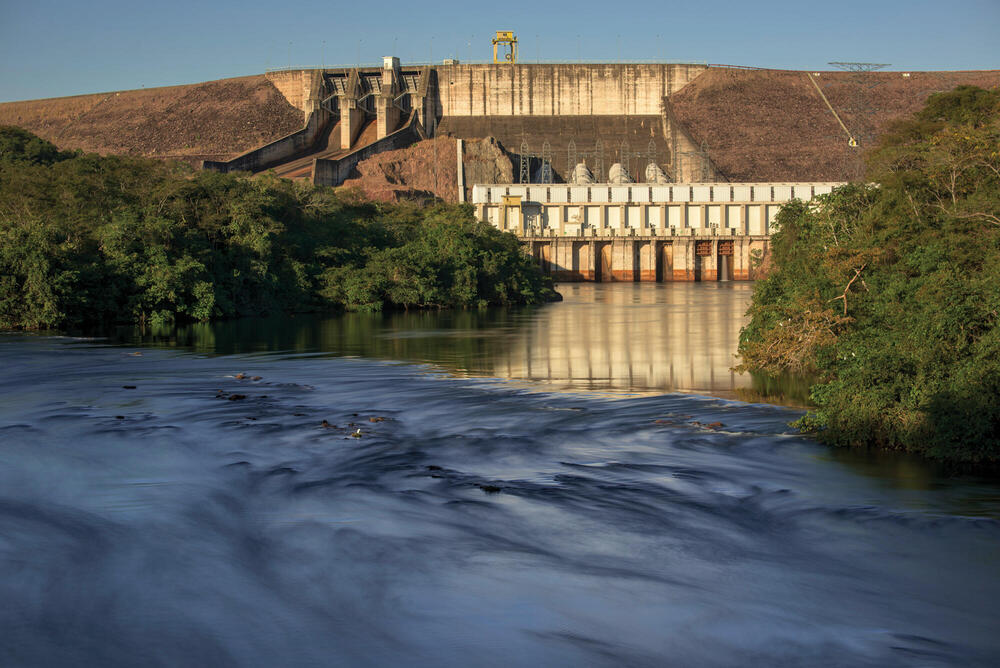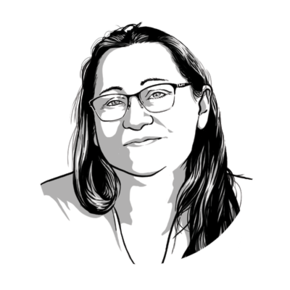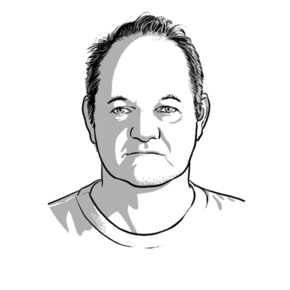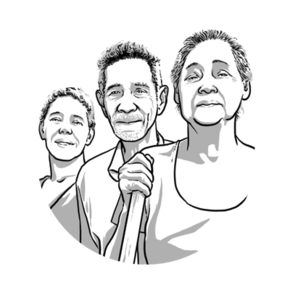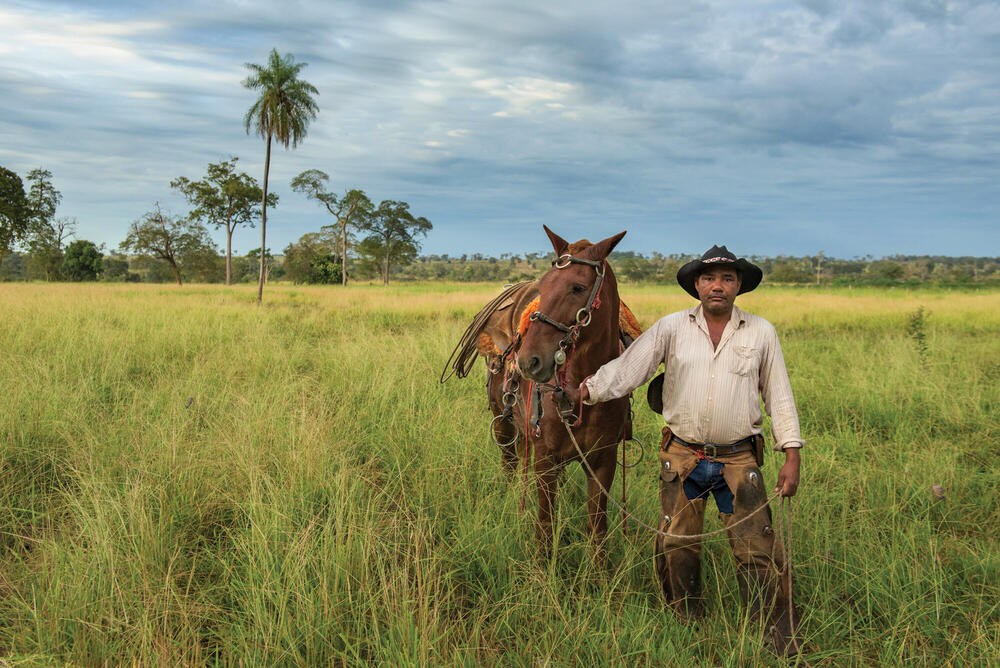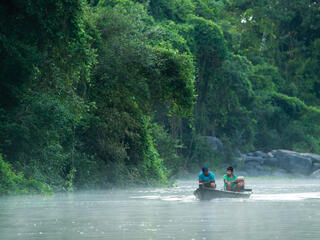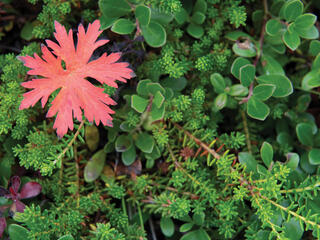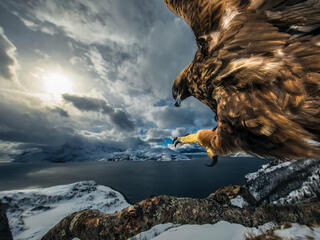Throughout the Pantanal, the well-being of the region’s human communities is both increasingly under pressure and inextricably linked to the health of the freshwater system.
Take Sonia Ozuna Ortiz, for example. It takes her four hours to get from her village of Puerto Diana, Paraguay, to the forest where she and the other Yshir Indigenous women from her community collect the materials they use to make baskets. Ortiz learned the craft from her mother, who taught her how to weave the long strips of palm leaves using the tips of her fingers, pulling each knot tight before starting the next.
The women sell their baskets to visitors and in other towns along the Paraguay River. Ortiz earns 30,000 guaraníes ($5) for a small basket with handles that takes three days to make; a large laundry-style basket sells for 200,000 guaraníes ($31).
But getting to the forest isn’t always possible. In the rainy season, the only road connecting Puerto Diana to other Yshir communities and small towns that dot the bank of the Paraguay River is completely washed out. And even when the road is dry, the money Ortiz makes—together with what her husband makes by fishing and selling wood carvings—is often not enough to cover the most basic needs, such as drinking water.
The water the Yshirs drink comes directly from the Paraguay River. Pollution—including contamination from industrial activities, cattle, and even natural-but-dangerous bacteria from wildlife—means families must treat their water with chlorine, and that can be expensive.
Sometimes Ortiz and her husband don’t earn enough to treat the water their five daughters and three sons drink. The two 150-liter plastic barrels that sit in front of their house hold three days’ worth of water—and treating that water costs more than double what Ortiz makes in that amount of time.
Having a water treatment center in Puerto Diana, Ortiz says, would make an immense difference in her life. “It would be much easier,” she says. “We wouldn’t have to worry about buying anything if the water just came out of a tap.”
